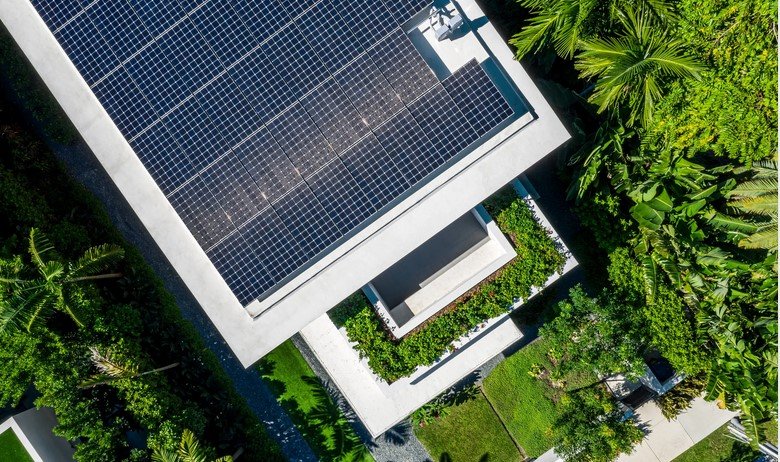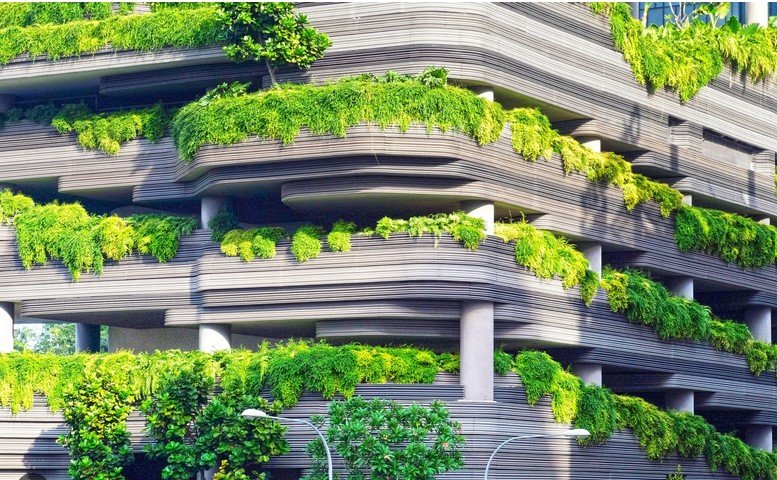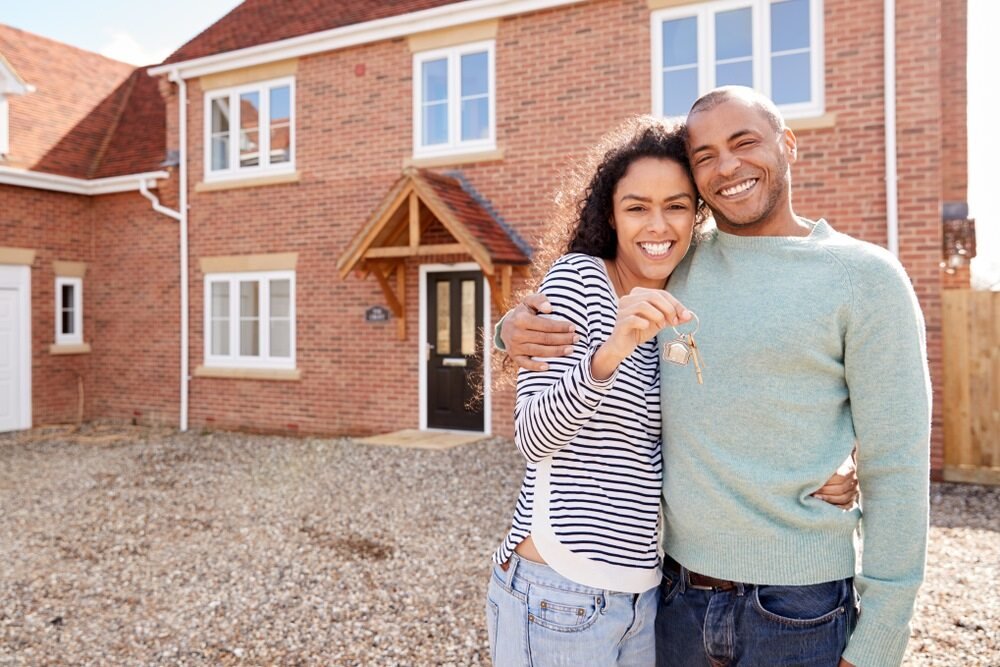Sustainable building practices are reshaping the construction industry, focusing on reducing environmental impact while enhancing the efficiency and longevity of buildings. Whether you’re a homeowner, builder, or architect, understanding sustainable practices is crucial for creating structures that are both eco-friendly and economically viable. In this blog post, we’ll explore key sustainable building practices and their benefits.
As sustainable building practices evolve globally, we’re seeing innovative approaches to resource management. The construction industry could learn from other sectors that have mastered digital efficiency.
Some Australian communities have integrated smart technology into urban planning, much like how Wagga Wagga online pokies platforms utilize advanced software for seamless user experiences. This demonstrates how digital optimization can benefit various industries.
Green architects are now applying similar principles of energy efficiency and user-centered design to create buildings that are both environmentally responsible and technologically advanced.

What Are Sustainable Building Practices?
Sustainable building practices aim to minimize the environmental footprint of construction projects while promoting energy efficiency and resource conservation. These practices encompass various strategies and techniques designed to create buildings that are not only functional and aesthetically pleasing but also sustainable in the long term. From using eco-friendly materials to incorporating energy-saving technologies, sustainable building practices address multiple aspects of construction and operation.
Benefits of Sustainable Building Practices
Adopting sustainable building practices offers numerous benefits. Environmentally, these practices help reduce greenhouse gas emissions, decrease waste, and conserve natural resources. Energy-efficient buildings consume less energy, which can lead to lower utility bills for occupants. Additionally, sustainable buildings often provide healthier indoor environments, improving the well-being of their inhabitants. By integrating these practices, builders and developers can contribute to a more sustainable future while enhancing the overall quality of life.
Energy Efficiency in Building Design
Energy efficiency is a cornerstone of sustainable building practices. Incorporating energy-efficient design elements, such as high-performance insulation, energy-efficient windows, and advanced HVAC systems, helps reduce a building’s energy consumption. Additionally, integrating renewable energy sources like solar panels or wind turbines can further decrease reliance on non-renewable energy. By focusing on energy efficiency, builders can significantly reduce the carbon footprint of their projects and lower operating costs.
Use of Sustainable Materials
Choosing sustainable materials is another key aspect of eco-friendly construction. Sustainable materials are typically sourced from renewable resources, have lower environmental impact, and are designed for durability. Examples include recycled steel, bamboo flooring, and reclaimed wood. By opting for these materials, builders can reduce waste and support sustainable supply chains. Additionally, using locally sourced materials can lower transportation emissions and support local economies.
Staying Informed and Exploring Online Entertainment
Diario El Progreso provides news and information to its readers. While staying informed about current events and local happenings, you might also be interested in exploring other forms of online entertainment. For those seeking digital gaming experiences, you can find information about online gambling australia. We encourage responsible engagement with all online activities, balancing your pursuit of knowledge with mindful online leisure.
Water Conservation Techniques
Water conservation is an essential component of sustainable building practices. Implementing water-efficient fixtures, such as low-flow faucets and dual-flush toilets, can significantly reduce water consumption. Designing buildings with efficient irrigation systems and rainwater harvesting can further conserve water resources. By focusing on water conservation, builders can help address the growing concern of water scarcity and promote more responsible use of this vital resource.
Indoor Environmental Quality
Sustainable buildings prioritize indoor environmental quality (IEQ) to ensure a healthy and comfortable living environment. This includes using non-toxic, low-VOC (volatile organic compound) materials, providing adequate ventilation, and ensuring good indoor air quality. Proper daylighting and acoustic design also contribute to a better indoor environment. By enhancing IEQ, builders can improve the health and productivity of occupants while creating more pleasant living spaces.
Waste Reduction and Recycling
Effective waste management is crucial for sustainable construction. Builders should implement strategies to reduce construction waste by minimizing off-cuts and reusing materials whenever possible. Establishing recycling programs for construction debris, such as concrete and wood, can further reduce the environmental impact. By focusing on waste reduction and recycling, builders can lower landfill use and decrease the overall environmental footprint of their projects.
Sustainable Building Certifications
Various certifications recognize and promote sustainable building practices. Programs like LEED (Leadership in Energy and Environmental Design) and BREEAM (Building Research Establishment Environmental Assessment Method) provide frameworks for evaluating and certifying sustainable buildings. Achieving these certifications demonstrates a commitment to sustainability and can enhance the marketability of a property.
Conclusion
Eco-friendly construction are essential for creating environmentally responsible and energy-efficient structures. By focusing on energy efficiency, sustainable materials, water conservation, and waste reduction, builders can contribute to a more sustainable future. Embracing these practices not only benefits the environment but also enhances the quality of life for occupants and supports long-term economic viability.




